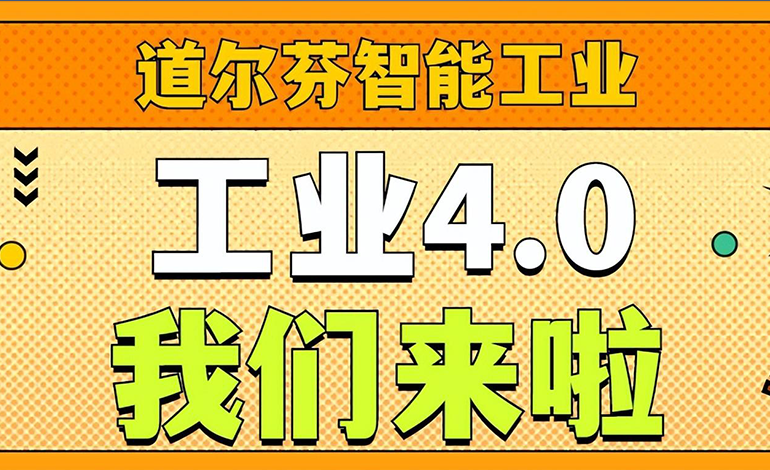
Welding robot subcategory
In the current robot welding market, there are many types of welding robots, and at the same time, there are more enterprises deeply invested in the research and development of welding robots and put into actual production to replace the traditional welding process, which has derived a variety of different welding robots. Today, let's talk about the types of welding robots currently on the market.
1, according to the welding process classification
Welding robots are divided into spot welding robots, arc welding robots, friction stir welding robots, laser welding robots and other types. Spot welding robots and arc welding robots are common in the market.
Spot welding robot is a machine and equipment for automatic spot welding operation, which is widely used in the welding of thin sheet materials, generally with six degrees of freedom, flexibility is better to achieve accurate welding, and achieve accurate positioning of the point to the welder.
The arc welding robot performs automatic welding through the system setting parameters, and the track operation and point welding are controlled by the computer. In the welding operation, automatic welding can be achieved through the weld specifications. The arc welding robot has the characteristics of high stability and high efficiency welding, and can carry out welding operations for a long time, liberating the labor intensity of workers and improving the production efficiency of enterprises.
2, according to the performance, technical parameters classification
The welding robot is divided into five kinds: super large welding robot, large welding robot, medium welding robot, small welding robot, and super small welding robot. According to the range of weldable parts, its technical indicators are different, and users can choose according to their own needs.
3. Categorize by programming
The first type is teaching and reproducing robot. The operator will "teach" the robot by direct or indirect means, such as the movement track, movement speed, triggering conditions, operation sequence and other information needed to complete a certain job. The teaching process will be recorded by the memory unit, and the welding robot will reproduce the taught content repeatedly.
The second type is the off-line programming welding robot. With a certain degree of intelligence, the sensor can perceive the environment to a certain extent, and according to the perceived information, the robot can conduct appropriate feedback control of the operation content, and has a variety of intelligent functions.
The third category is the self-programmed welding robot. In addition to having a certain perception ability, it also has a certain decision-making and planning ability, and can use the computer to process the sensor results and plan the welding task.